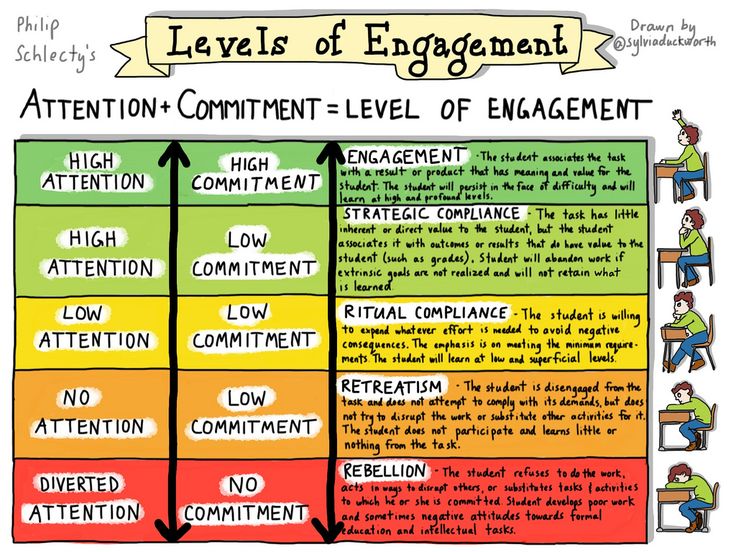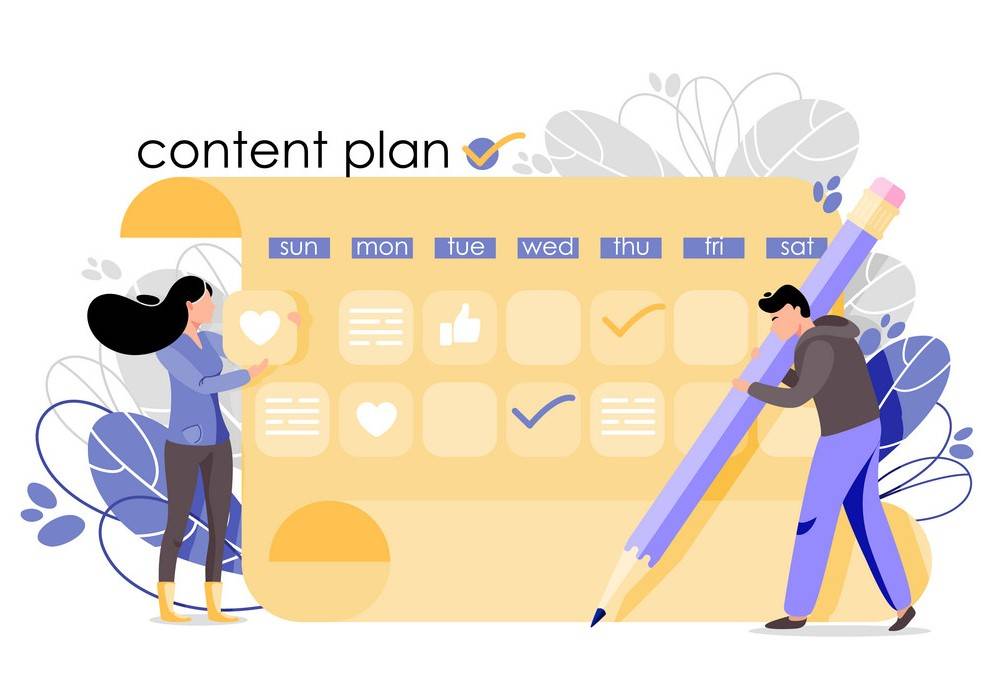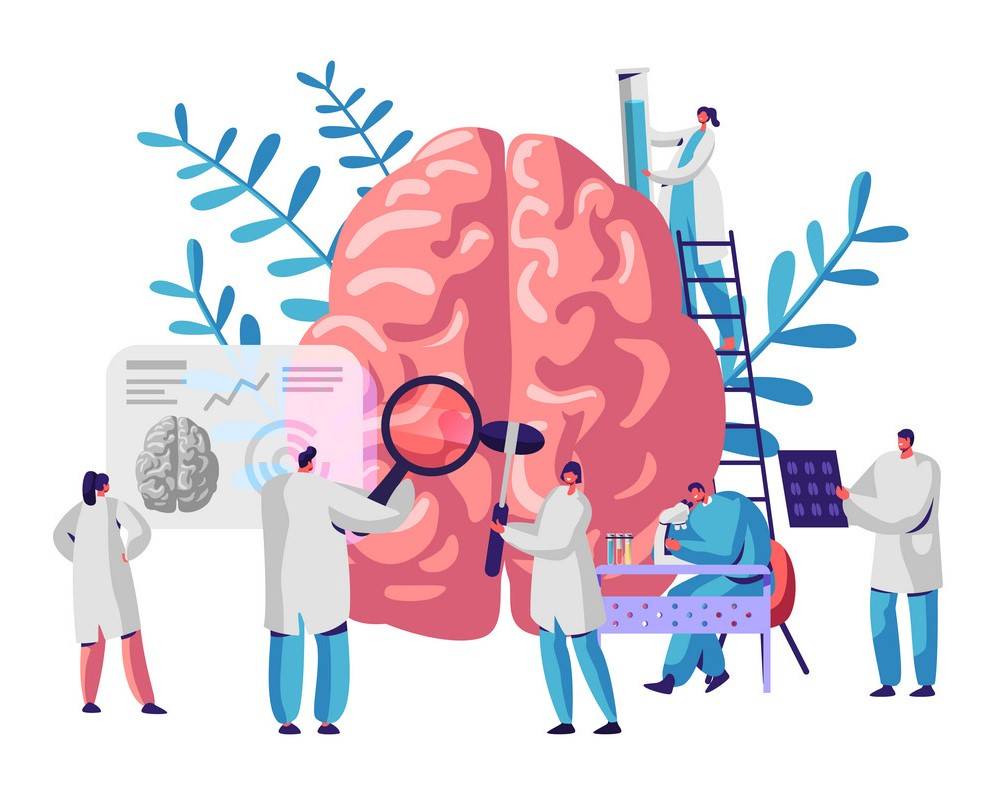Table of Contents
What is Project-Based Learning?
How does it Work?
Project based learning or PBL is a method of teaching by which students gain a deeper understanding of a subject by finding solutions to real-time problems. People generally consider PBL to be a powerful classroom approach that trickles the students’ brains better because activities always help them to focus on things entirely.
Upcoming Batches of TEFL Course :-
| Batch | Mode | Price | To Enrol |
|---|---|---|---|
| Starts Every Week | Live Virtual Classroom | 26500 | ENROLL NOW |
In project based learning, students spend extended periods either as a group or as individuals by working on subjects and eventually coming up with a solution.
In project based learning, it’s not only the teachers, but students also ask questions to teachers, whereas, in traditional learning methods, teachers give lectures while students just listen. So PBL becomes a two-way communication method of teaching.
As a result, this teaching method helps the students to research a subject, make them think it through, create a solution, and present it.
According to PBL Works
By focusing students on a project, teachers put them on a path that deepens the knowledge and builds skills they’ll need in the future.
Advantages of Project Based Learning

No Boring Lecture Classes
Due to the latest technologies, these days, students are spending a great deal of time in front of the screens. Whether it’s YouTube videos or watching movies or reading text messages, everything is online.
Even teachers and parents agree with it, but digital media has become an inevitable part of our life.
So, is the internet era killing our brains?
There is no doubt that novel technology is so impactful that it results in people getting easily distracted with shorter attention spans.
Brain Rule says that the average attention span of a person is 10 minutes, especially if they are in the classroom settings.
So what do we do?
The Solution is Project Based Learning.
It’s a style of teaching that can make students very excited as opposed to the traditional monotonous teaching methods where they have to mug up the entire lessons and prepare themselves for the standardized board exams.
Say goodbye to the old boring lecture classes!
Helps to Develop Students’ Creativity

Creativity plays an important role in children’s mental development.
In the olden days, children used to find time for outdoor activities with friends. Because of the vast digital exposure these days, children are not getting the opportunity to use their creativity in any field.
Like the saying “creativity is intelligence having fun,” creativity is a vital skill that students should have both in terms of entertainment as well as academic performance.
Even though it’s not a skill that you pick up overnight, you can develop this skill over time in children.
Project-based learning comes into play as it’s an excellent tool to develop children’s creativity because of the group activity and discussion of the projects.
Read Also: TEFL Vs TESOL
Help to Develop Interactive and Communication Skills

Developing social skills are essential in growing children. Good communication skills can have a significant impact on students’ future, not only in terms of academic performance but also in personality development.
Project-based learning is an excellent method of teaching, which helps students to develop interpersonal skills. As discussed, because the concept of PBL is teamwork, children communicate with each other throughout the project and share their thoughts and ideas.
Generally speaking, children learn to pick up their communication skills at a school level because they tend to communicate with peers and interact with teachers when they are in school. But in project-based learning, it becomes much more comfortable for students to learn social skills as they work in clusters while doing projects.
There is a Well-Known Quote About Communication Skills.
No matter what job you have in life, your success will be determined by 5% by your academic credentials, 15% by your professional experiences, and 80% by your communication skills
Must Check US Ranked No. 1 TEFL Certification Course Online
Good Judgment Ability

Good decision-making power is a habit that successful people develop over the years. To make quick decisions, you need to sharpen your brain and be a good listener.
Project-based learning is a useful tool to develop excellent analytical skills. It teaches students to form opinions effectively and helps them to make the right choice to get the best result.
NPJ Science of Learning in their Article Says
Students need good judgment to successfully navigate the sea of information in their academic lives, as well as for the social and emotional choices and decisions that they will inevitably face.
There is More Student Involvement.

As mentioned above, in project-based learning, the teacher’s job is not to lecture throughout the class. Instead, they work as project leaders, and students are motivated to do work in a group and make decisions.
Student participation is a great way to motivate and encourage students to be responsible for their work.
Student motivation means farewell to punishments!
Students Are Asked to Drive Questions.

Another advantage of project based learning is that students are the ones that drive the questions. Driving questions are open-ended questions asked by a teacher to his/her students, wherein students have to spend a considerable amount of time researching and finding a solution.
And remember, Google doesn’t give direct answers to driving questions. Instead, students have to think through the problem, research, and then give their answers.
Some examples of driving questions are:
- How to keep the school environment clean.
- How to make an aircraft wing.
- What drives the customers to visit a store.
April Smith, in her article, says an open-ended or a driving question should have the following features.
- Have multiple correct answers.
- Allow students to approach the question from different viewpoints.
- Require students to investigate before answering the question.
Added Advantages
- Project-based learning allows students to get exposed to long-term learning strategies as opposed to short-term memorization. This equips students to be engaged and indulge in learning for a very long time.
- Students become confident as they teach each other most of the time.
- PBL makes teachers’ work less tedious as their involvement is comparatively less in comparison to traditional teaching methods.
- Time management skills of students improve as they are supposed to set scope by themselves and finish the project at a given time.
How to Start – Teachers’ Tips
Do you want to be a part of the project-based learning curriculum? The implementation can be very challenging, as it’s a different teaching style. Here are some successful tips which you can use when planning an activity with your students.
Planning The Content

As PBL is an entirely different teaching method than the conventional style, it’s of utmost importance that you need to plan first. You need to find effective, practical, real-life projects that can interest students. Moreover, it has to be connected to the syllabus as well.
Thanks to modern technology, there are a lot of online tools available such as
- Animoto – which helps to create video slides.
- Glogster – which allows us to create multimedia posters.
- Mindmeister – An online mind mapping tool.
- Google docs – A cloud-based application that helps to store and share the contents.
Also, you should look around in your neighborhood or the general public for new concepts and projects which can interest children.
Referring to the above, what teachers need to keep in mind is that sometimes you may find the projects very interesting and exciting, but the fact is that it may not interest the students. Or it may not help the students to get a deeper understanding of the subject.
In that case, what you can do is to take some sample projects that have already been done by different schools and get inspirational ideas from them. Some examples of such online tools are below.
- Shrinking chip bag
- Student farms
- App Developer – which helps to develop educational apps.
- Another great online tool is Pinterest, where quite many PBL projects are available.
Check the most recommended Academic Writing Course to gain expertise in the field.
Understanding Student Mentality

You might be coming across many students with different mindsets during your teaching time. While some students may already be used to the PBL style of teaching with a growth mentality, others might have come from a conventional teaching background with a challenging fixed mindset. Half of your teaching becomes easier once you understand students’ ability and frame of mind.
One easy way to understand students’ efficiency is to give simple assignments first. By doing so, not only will the children find the projects exciting, but you will also be able to assess their capabilities.
Similarly, you must talk to children in the initial stages about any projects they have done in the past, etc., to understand their growth mindset.
Amanda Morin in her Article Says
Developing a growth mindset is an ongoing process. Getting and taking feedback from others, learning from mistakes, and finding new ways to approach tasks isn’t easy. But it’s a valuable way to help kids learn that they can gradually develop talent.
Infrastructure Organization

After planning and understanding, another critical point is for you to arrange and accumulate the necessary tools that you would need for teaching. Teachers need to make sure there is enough teaching material available within your reach.
Learning space in the classroom is very important because when the teacher initiates a project, students should group and start the work. However, older students need large tables and work-spaces compared to the younger ones because their projects are also significant.
Additionally, the availability of other additional technologies like the internet, etc., should also be taken care of.
However, as children can misuse the internet, it should be either strictly monitored by the teachers or some techniques like VPN blocking should be used.
Creating Other Spaces is also Important. For Example, Defined learning Says
Regardless of if you have desks or tables, it is important to incorporate other spaces in the room where students can work in comfort. This might mean using carpet, bringing in bean bag chairs, or perhaps cushions for the seats.
Criticisms of Project Based Learning
Having Said all the Above, There are Also a Few Criticisms About the Evolving Project-Based learning Concept.
Firstly, it’s believed that it reduces mathematical learning. As an increasing number of students are opting out of the PBL method, many are developing a mathematical disability. As the PBL method focuses on creativity, communication skills, and working as a group to produce the desired project, it doesn’t address the students solving complex mathematical problems.
Secondly, as mentioned earlier, project-based learning is a group activity. Unfortunately, some students tend to sit back instead of participating in the group waiting for the others to do the activity on their behalf.
Third common criticism is that as PBL focuses more on the final product, it doesn’t allow students to focus on the content, and thus students don’t learn certain concepts and skills.
Besides, it’s prominent that students won’t have access to all the tools and resources at home, so some find it difficult to do their home assignments.
Final disadvantage which critics point out is that while doing assignments at home, a lot of parent involvement happens, unlike the conventional homework method. So the students don’t get a complete understanding of the subject.
Summary

Project-based learning is a method of teaching where students are taught unconventionally with the help of projects. It is becoming popular day by day as students find PBL very exciting because the monotonous, boring lectures are not present in this teaching style.
PBL is also highly popular because of students’ short attention span due to the overdose of screen time in the modern world. It also makes the students handle online tools easily because of their exposure to the digital world.
Project-based learning is an excellent tool to infuse creativity into students. They think through a question, find a solution in the project form, and deliver it.
It’s also a good way to develop communication and social skills because students work together as a group, discuss the subject, find a solution, and launch the product. Thus, project-based learning also works as a confident booster.
Moreover, the analytical skill and decision-making power the PBL can provide works wonders on children’s future.
The long term learning strategies in project-based learning, which keeps the students engaged. Or the time management skills the children learn during the school years, are amongst many other advantages of PBL.
Initially, even though PBL teachers find it challenging to prepare driving questions for students. They can make the PBL classes successful by using many strategies. For example, planning the classroom content with various online teaching tools and understanding the students’ mindset is an excellent tool for a successful class.
Also, attractively arranging the classroom is a good technique to keep the students energetic and occupied.
However, some critics blame that project based learning is not a useful tool in many ways. Such as, not all students do not participate as it is a group activity. Also, there are criticisms about the non-availability of all tools at home for the students to practice. Likewise, an overdose of parents’ involvement in the project also becomes questionable by some.
Also Check this Video
FAQs
Q-1. What is Project-Based Learning?Project-based learning is a way of teaching where students acquire knowledge by actively participating, exploring, and finding solutions to real-world problems. It’s also inquiry-based learning where the students are required to work for extended periods as a group
Q-2. What is the Objective of Project Based Learning?The objective of project based learning is to develop creativity, thinking ability, and decision making power. It helps build a better future for students. Answering driving questions is a part of the curriculum. So students get the encouragement to participate and unravel everyday practical solutions actively.
Q-3. What are the Disadvantages of Project-Based Learning?The most significant disadvantage of project based learning is that students won’t develop an ability to solve complex mathematical problems. As PBL is focused on problem-solving in the form of projects discussing question answers. It also gives rise to the non-participation of some students becomes a challenge as they work in groups. Another challenge with project based learning is that parents tend to involve themselves in the projects more than the students when they do the assignments at home.
Q-4. What’s the Difference Between Project-Based Learning and Traditional Classrooms?As the name suggests, project-based learning (PBL) is a different teaching style. Here students have to find solutions to problems through projects or open classroom discussions. In this method, the teachers’ work becomes more manageable as they encourage students to ask questions and do the project in groups. In traditional classrooms, they focus mainly on long lecture classes by teachers.
Q-5. How do I Teach PBL?Below are some techniques to teach PBL effectively.
1. Proper planning of the class well in advance.
2. Finding practical online learning tools.
3. Understanding student mentality.
4. Classroom organization.
5. Finally, implementing it.
Recommended Programs
120-hours TEFL / TESOL
Online Certification Course
Ranked No. 1 Course | 100% interview guaranteed | Live Online Instructor-led TEFL Training & Certification | AAEFL Certified TEFL Course | Qualify for 12,000+ jobs from 6+ countries | With over 100,000 English teaching positions opening every year, immerse into the market of 2 Billion English learners today.
TEFL Certification Online
Course in USA
Ranked No. 1 TEFL Certification Course in USA | 100% Interview Guaranteed | Online Certification course in USA | instructor-led training and certification program of TEFL | Qualify for 12000+ jobs from 6+ countries.
Post Graduate Program
in TEFL
Ranked No. 1 Course | 100% interview guaranteed | Live Online Instructor-led Post Graduate TEFL Training & Certification | AAEFL Certified Post Graduate Program in TEFL | Qualify for 12,000+ jobs from 6+ countries | With over 100,000 English teaching positions opening every year, immerse into the market of 2 Billion English learners today.
Explore Popular Category

